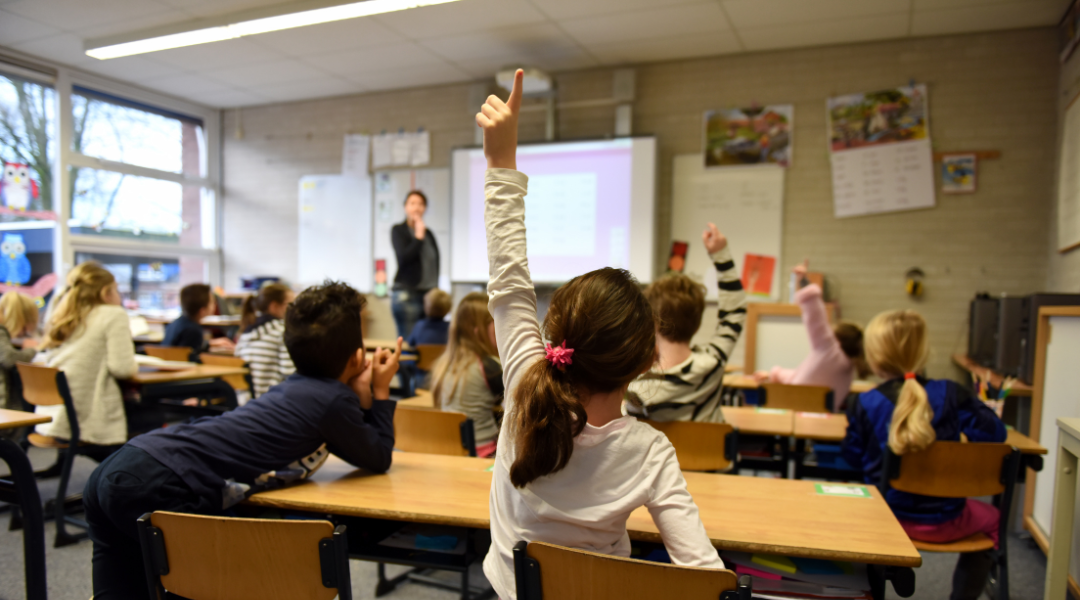Gender motivational levels in school outcomes have received much attention nowadays. Motivation levels include focusing on a specific subject and creating different educational strategies to study that subject. Motivation is one of the most important and useful factors in a student’s education because it encourages students to complete an efficient education process. According to recent studies, the academic outcomes are depended upon the difference in motivation levels among gender in studies.
Motivation is related to the social and biological factors affecting human behavior. According to the studies, motivation is associated with the behavior of humans toward their goals or achievement. It is an energizer of human behaviors. Motivation is the inner voice that supports and directs humans toward their goals.
A different study stated that girls are more motivated and active in U.S. high schools than boys because girls have a better understanding than boys. Boys are always trying to take help from girls, whether it’s an assignment, projects, online classes, online exams, or another educational task. They always try to please fellow girls to take my online course or do my assignments and projects.
TYPES OF THE MOTIVATION FOUND IN U.S HIGH SCHOOL STUDENTS
There are two main types of motivation found in students in the U.S., depending on the different factors and subjects:
Inner or Intrinsic Motivation:
Inner motivation is related to the inner voice or behavior of the students. It depends upon the inners want or desires of the students toward their studies. Those intrinsically motivated students do different things because of their inner interests, aiming to satisfy themselves and fulfill their dreams. Inner motivation is related to the personal enjoyment of a human being and their internal satisfaction rather than expecting rewards from others.
The students having internal satisfaction or internally motivated are more confident than the other students and take more interest in the academic task the teachers give. Inner motivation helps students to keep going and catch the information easily. Students have inner motivation, are good learners, are not afraid of failures, are always ready to try new methods for their education, and can excel in the skills necessary for their learning.
Outer or Extrinsic Motivation:
External motivation is related to factors like parents’ expectations and pressure from the family. Extrinsic motivation comes from the teachers or learning environments of high schools, colleges, and universities. It is also related to the responsibilities of the workplace. The motivation that comes from the external environment can affect the student’s eagerness toward their educational goals or achievements.
The external environment includes:
- Good rewards.
- A bright career.
- Appreciation from teachers and parents.
- Parental pressure and approvals.
- Good grade points.
But students only feel motivated when these rewards are present for a specific time. After the absence of these rewards, students will no longer be motivated to learn.
INNER OR OUTER MOTIVATIONAL LEVELS BETWEEN GENDERS
Students have different abilities in different subjects that lead to their academic success. There are so many articles about gender differences and their motivational levels. Most of them stated that female students are highly motivated toward their education. They have the desire to achieve. They are more desperate and motivated toward their learning goals than male learners. Girls can set higher standards in U.S. high schools, and boys seem less active or attentive toward studies and take an interest in other materials. But many researchers reported that intrinsic motivation levels vary in different fields.
Females and males have different intrinsic and extrinsic motivation levels toward different subjects. Female and male motivational levels aren’t the same in all education fields. Different U.S. high schools have reported that the inner motivational level of females towards language subjects like English is higher than that of males. Girls are also highly motivated towards music classes compared to boys, and girls do more practice for instrumental music than boys.
Males are physically stronger than females; males are more highly motivated towards sports and participate in sports competitions than females. Different kinds of literature stated males are more performance-oriented and competitive than females in mathematics. The extrinsic motivation level is higher in males than females.
EDUCATIONAL ACHIEVEMENTS AND STUDY GOALS BETWEEN GENDERS
Girls are the higher-achieving students in U.S. high schools. The girl’s academic performance and outcomes are higher than boys in many subjects. Girls are better than boys in speaking, reading, writing, and listening. They read with more interest and enjoy reading, visit different libraries and always talk with their friends about different books, that’s why girls perform way better than boys in language subjects.
On the other hand, boys found homework less useful and boring. They aren’t usually asking for help and don’t enjoy the extra work. Many teachers say that the boys are inactive during class and concentrate less. They are less productive, can easily distract by small things, and are less determined to tackle more creative and difficult things. Many studies also reported no difference between male and female outcomes in a science subject.
ASSOCIATION OF ACADEMIC OUTCOMES WITH MOTIVATION
Conscientiousness plays a very important role in achievement and motivation. Those who are conscientious are so hardworking and responsible. These people are self-disciplined and are so well-organized. Their interests and goals are very important to them. In American high schools, they always strive for better grades. They are perfectionists and at risk for higher study goals. It depends on health and personality because most U.S. students are engaged in bodybuilding, yoga, sports, and other health-related exercises.
However, openness is also the main key to positive academic performance because it is related to higher grades in high schools. Students having different learning strategies are critical thinkers and very creative. These types of personalities are related to the student’s intelligence (both verbal and nonverbal). Openness is associated with creative thinking, hobbies, experiences, and academic achievements. Inner motivation influences students’ achievements through openness. Students can set their educational goals and achieve future success through positive determination and inner and external motivation.
